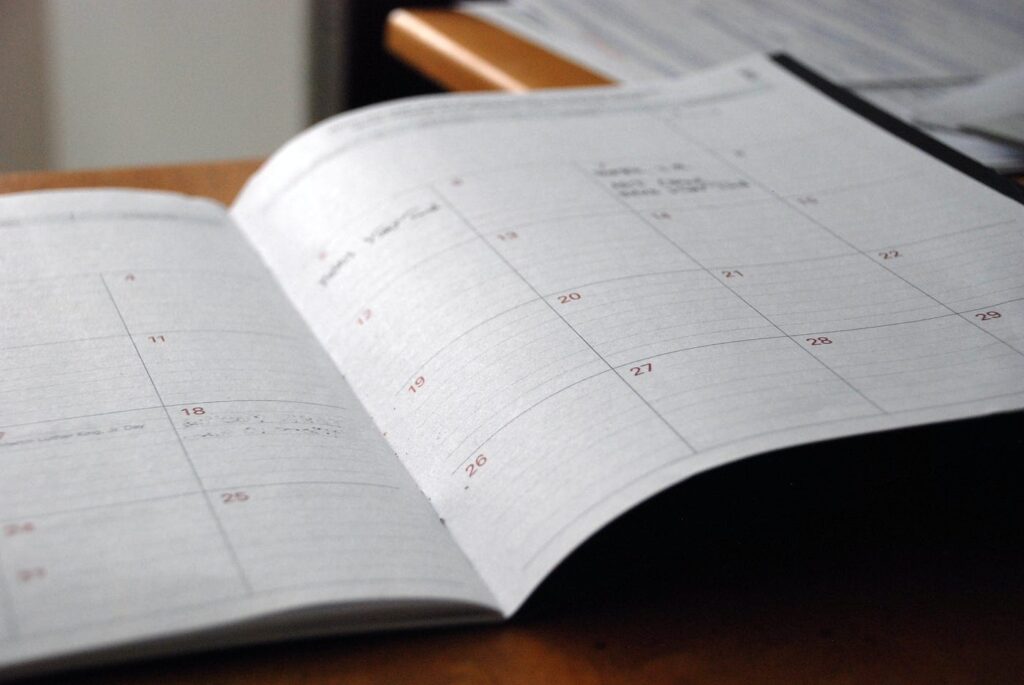I suspect most people would not spontaneously and voluntarily give back part of their salary to their employer. I don’t mean donating to a cause, or chipping in for board games to play at lunch. I mean just handing your employer a wad of cash. “Here, this is for you.”
So don’t do it with your time.

Your time belongs to you, just like your salary does. Moreover, time is one of the few things money can’t buy more of. You can only — at best — free up time you already have, like paying someone else to do yard work that would take you hours.
Think of it this way: If your company didn’t have health insurance, a retirement plan, an education reimbursement benefit, free food, etc., you could simply buy those things outright if they paid you enough.
If you didn’t get time off today, you couldn’t buy more of today no matter what they paid you. You can’t buy a second evening to add on after you work through the first evening. If you don’t take a vacation this year, you can’t buy a 53rd week. You can’t even buy an extra few minutes between the call that ended at 1:55 and the one that starts at 2:00.
When the time is gone, it’s gone. Before it’s gone, choose to do something with it that is part of your best life. And I am not thinking “side hustle” here (no judgment if that’s your thing). I’m thinking rest, family, friends, health, joy, creativity, meaning.
To clarify
This message isn’t for the people who get paid more if they work more. If you need to work more hours to get paid more to get by, or if you deliberately choose to do that (maybe you’re saving up for something important), that’s a different story.
I’m talking here to people who are paid the same whether they work 40, 50, or 60 hours.
And I’m also not pointing to people who are up and working at 5 am, people who are still in the office at 7 pm, or even both on the same day. I don’t care what schedule you work. I know someone who would goof off in the afternoons, go home, put the kids to bed, and then focus on work for a few hours. Same effort, just a different schedule.
For that matter, this isn’t even about someone choosing to work 50 or 60 hours because their work happens to be their passion. If you are in a divinely inspired flow state in your code, your art, your carpentry, your mission… you rock on for as long as that’s infusing you with life and joy.
But if that isn’t you, and you’re choosing work over taking time off, that raises an important question.
Why ARE you doing that?
I can preach about this, but there’s some reason why you’re so often choosing work instead of stopping.
Stop for a moment and think of those times when you look at your watch and it’s noon and you’re hungry… or it’s late and you’re tired… or your calendar is open and you’re thinking of scheduling time off… and yet you choose work instead of lunch, leaving for the day, or planning that vacation. Why are you making that choice?
I can’t answer that for you, but I can answer it for myself. For me, it’s usually some sort of insecurity. I am unsure if my efforts so far have been enough. I’m unsure if I will be able to meet some deadline, real or imagined. I’m unsure what would happen if I point out that the work to be done has exceeded the capacity to get it done. Or maybe I’m pretty sure what would happen (whether or not I’m correct) and it’s a consequence I don’t want to deal with.
Interestingly, it’s often paired with some sort of false self-confidence. Sure, I haven’t been able to get [whatever] done in the three days I’ve been working on it, but if I can just focus on it for another hour, then I’ll really make some good progress. An hour later, when I’m not further along, I’ll be disappointed in myself. Only further evidence of my inadequacy! I’d better stay another hour.
It’s your job to push back
Regardless of your seniority, but especially if you’re a tenured and experienced employee, it’s part of your job to push back when the work exceeds the time and capacity allotted. I’m thinking of my developers here. You’re the one who is in that code, and you have the full picture of what else is on your plate. Your manager has to rely on you to let them know what’s feasible and what isn’t. They might not like the message, but they need to hear it.
How do you deliver that message? What are the alternatives when there’s more work than capacity? Check out my earlier post on how to handle that situation:
Just remember that anyone who says “too bad, we need it done, so you’ll have to stay late” is saying something akin to “too bad, we need money, so you’ll have to give it to us.”
Originally posted 5 September 2023 on Medium.








